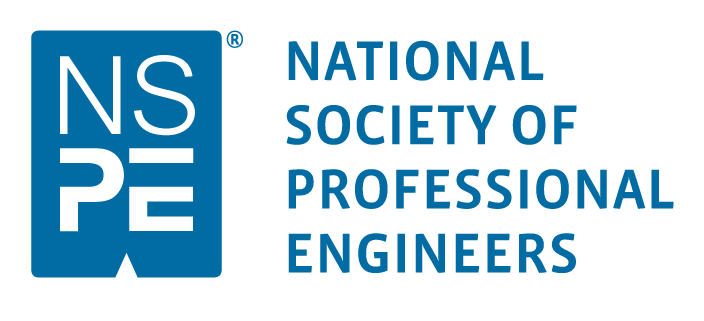NJDEP Compliance is Not Automatic
It is often said that compliance is a “necessary evil;” an often complicated and expensive component in modern business. That is why for companies and facilities operating in the Garden State, staying compliant with the plethora of environmental standards set and enforced by the New Jersey Department of Environmental Protection (NJDEP) is often labelled as a roadblock or hurdle to doing business.
From obtaining the right land use, underground storage tanks, and air permits, to keeping up-to-date with the ever-changing requirements and ensuring that all equipment and machinery in the facility are in full adherence with latest standards, NJDEP compliance is a never-ending, mind-numbing and time-consuming aspect for businesses in New Jersey.
Read on as we detail the key difficulties of being compliant with NJDEP.
Complexity and Cost of Obtaining Air Permit Compliance
Before a source facility can start operating or use new equipment that emits or creates gases, they must first obtain an air permit from NJDEP; the type of permit itself can also vary on the scale of operations of the facility as well as on the type of equipment that is planned to be installed.
Not only identifying and examining all equipment involved in the overall operations of the facility is very time-consuming, it also requires the expertise of an NJDEP air permit consultant, which itself is another investment that the facility must make.
Furthermore, industrial establishments that have new or modified sources which emit air pollutants are also required to invest in State-of-the-Art or SOTA air pollution control technology. While this program can help facilities demonstrate best-practices to the agency, identifying an effective and technologically feasible solution can be a very difficult task for firms with smaller operations.
Ensuring Accurate Greenhouse Gas Emission Accounting and Reporting
Another key challenge of being compliant with NJDEP is ensuring an accurate accounting and timely reporting of Greenhouse Gas (GHG) emission of facilities to the agency. In concurrence with the rules adopted by the EPA in 2009, the mandatory reporting requirements apply to several categories:
- “Threshold sources,” or those facilities emitting 25,000 metric tons or more of CO2 or its “equivalent” (CO2e) per year. The bulk of threshold sources fall into the category of stationary units, glass production facilities and iron and steel production facilities.
- “All in” sources, or those facilities specifically listed in the federal rules.
- Specific categories of suppliers, for example, suppliers of fuels or industrial greenhouse gases.
- Manufacturers of vehicles and engines.
With all these challenges, it should be clear by now that compliance with NJDEP regulations is not by any means an easy task. To overcome these difficulties, it is not only imperative for facilities to stay updated with the new regulations, but also tap the expertise of professional engineers that specialize with both NJDEP and EPA regulations.
By hiring an NJDEP Air Permit consultant, for instance, the burden for companies to obtain the right permit at the right time with least disruption to their operations will be much more manageable. Not only that, but these experts can also assist companies on their monitoring, recordkeeping, and reporting of critical compliance reports which are all vital to avoid the hefty fines and penalties from a surprise NJDEP audit.
Lockatong Engineering tracks the ongoing development of new and changing NJDEP regulations and advises our clients on applicability and compliance. Contact us to learn more about our environmental consulting and evaluation services today.








